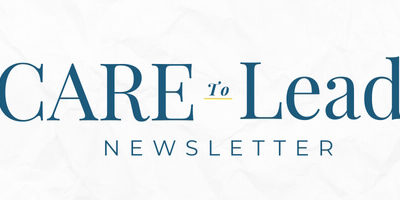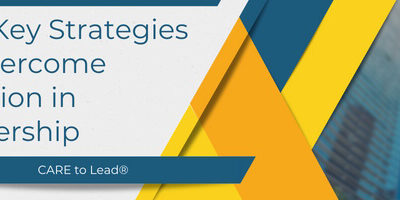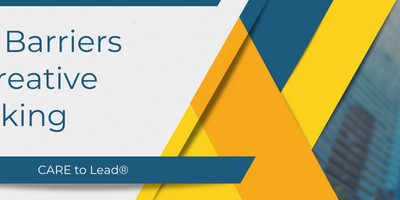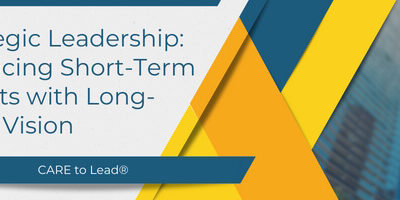Recently a close colleague of mine, a C-suite member, found himself in a real-life game of chess, trapped between the CEO and the Chairman of the Board. The Chairman, already unimpressed with the CEO’s performance, had clear expectations that sharply contrasted with the CEO’s vision. Aligning with the Chairman could cost him his place in the team, as the CEO held the power to make that call. He was caught in a double bind, a paradox where either move threatened checkmate, complicated further by the fact that both formidable women were his superiors.
In my journey through the corporate landscape, ‘managing up’ has stood out as a term frequently misunderstood, and yet, as an indispensable skill in our professional toolbox. The relationship between a boss and their subordinates is not just a cog in the organizational machinery, it sets the tone for the whole environment, influencing productivity and work culture. But all too often, it’s perceived only as a one-way street, leading from the top down.
My colleague’s situation, navigating the complicated terrain between the CEO and the Chairman of the Board isn’t unique. As many of us have experienced, this is not a rare scenario in our work lives. How do we equip ourselves better for such challenges?
A recent Harvard Business Review article threw light on this dynamic. Inspired by its insights, I’m eager to add my own thoughts to the mix. The goal is to challenge ourselves to rethink this crucial dynamic – to move beyond old scripts and reimagine this key relationship from a fresh angle. Let’s not just think in terms of managing up or down, but rather, managing across – because an organization that communicates effectively in all directions is an organization that thrives.
The Harvard Business Review article got me thinking about the importance of compatible work styles. While it focuses on how a subordinate can adapt to their boss’s style, it occurred to me that this concept needs to stretch further when navigating the tricky terrains of multiple superiors. This is where the principle of ‘bilateral adaptation’ steps in, turning a solo act into a well-coordinated dance.
Bilateral Adaptation: The Dance of Leadership
In the situation of my colleague, instead of being a push and pull scenario, where he had to constantly adjust his style to fit one boss and then the other, imagine if both bosses had tried to adapt their styles to better suit him and each other? The concept of bilateral adaptation encourages just this – leaders and subordinates fine-tuning their steps to match the rhythm of effective communication and problem-solving.
Instead of expecting conformance, effective leaders embrace diversity in work styles. Creating a ‘customized communication toolkit’ to meet diverse needs can drastically improve workflow. In my colleague’s case, it could have made him feel more valued, lessening the pressure of juggling two distinct work styles.
The HBR article states “At a minimum, you need to appreciate your boss’s goals and pressures, his or her strengths and weaknesses. Without this information, a manager is flying blind when dealing with the boss, and unnecessary conflicts, misunderstandings, and problems are inevitable.”
Looking back at my colleague’s ordeal, it’s clear that while principles of bilateral adaptation, open communication, and mutual trust could have eased his navigation between two bosses, I think there’s another ‘minimum’ that the article doesn’t cover. Another crucial layer we often miss in such dynamics.
Leadership Toolkit: Empathy, Bilateral Adaptation, and Awareness of Dark Drivers
In my upcoming book, Dark Drivers, I discuss the role of experiences, memories, and traumas — what I term as ‘Dark Drivers’ — that remain buried in our subconscious and influence our behaviors, thoughts, and choices. These Dark Drivers are baggage we all carry, often unbeknownst to us.
Imagine how my colleague’s situation could have unfolded differently if he had been aware of his Dark Drivers. How they might have shaped his interactions with his bosses, impacting his decision-making. The reality is that Dark Drivers are not exclusive to him. Both his CEO and Chairman would have had their own Dark Drivers lurking beneath the surface, influencing their behaviors and decisions as well.
While it’s not our place to play psychologist, we can acknowledge the existence of these hidden emotional drivers. Empathy, a crucial tool in our leadership toolkit, allows us to understand that there’s always more to the picture than meets the eye. Understanding the concept of Dark Drivers gives us an entirely new level of empathy. By bringing this high level empathy to the table, my colleague could have navigated his predicament with a more nuanced understanding of both his bosses’ actions and his own responses.
The awareness of our Dark Drivers and those of others around us can fundamentally change our professional interactions and relationships. As we peel back these layers, we move closer to creating workplaces that are not just efficient but also understanding, transparent, and fundamentally human.
So as you read this, I invite you to join me in my exploration of Dark Drivers. Let’s dig deep and understand how these unseen forces shape our professional lives and how, by acknowledging them, we can become more empathetic and effective leaders.
You can pre-order your copy of my upcoming book, Dark Drivers by clicking the link below. And, you can read the HBR article that I mentioned in this article by clicking here.
Source:












0 Comments